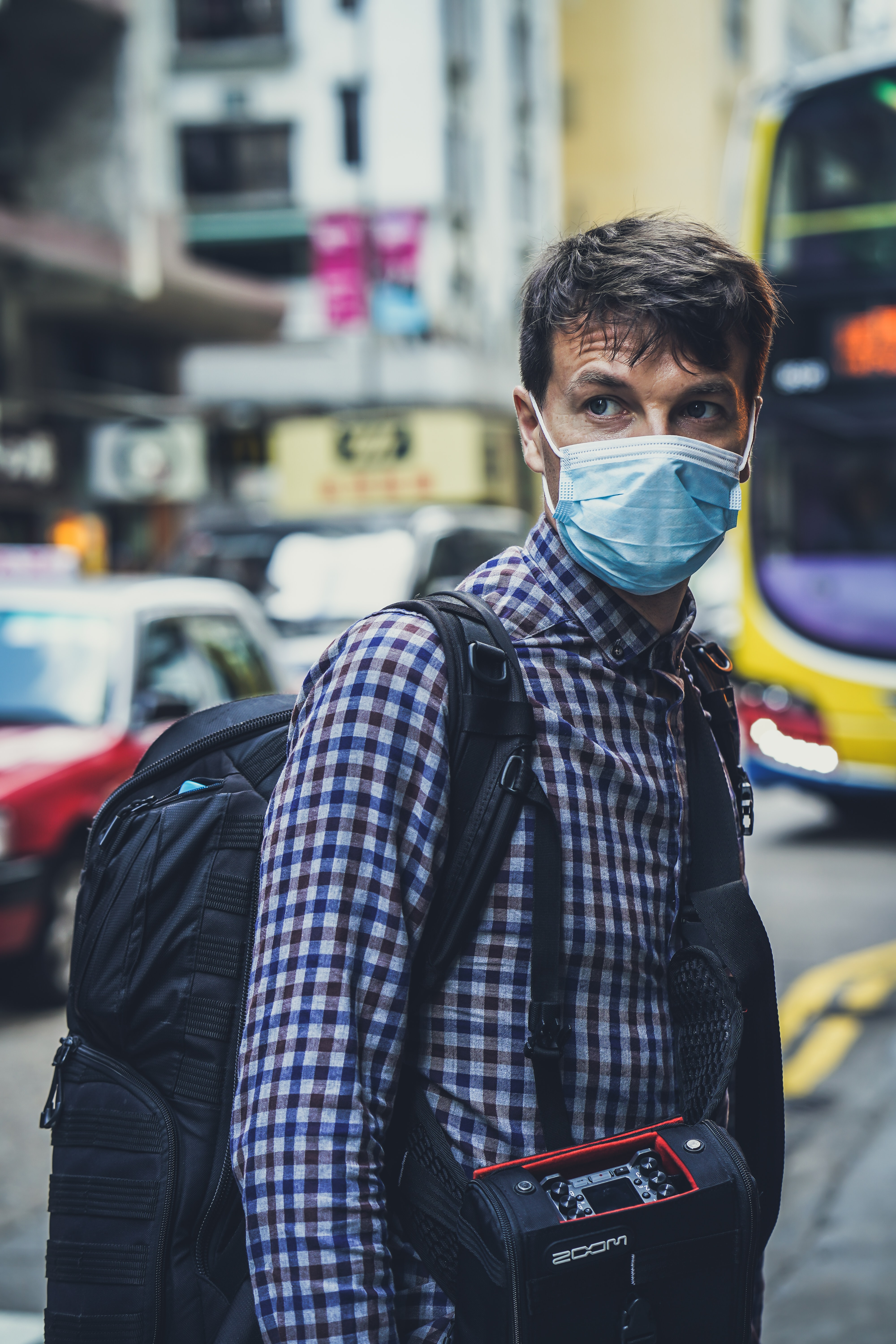Employers should carry on supporting their employees in the best way they can, from strictly implementing health and safety protocols, cleaning and disinfection, social distancing to providing mental health support.
With restrictions easing in some states like Hawaii, Mississippi, Kansas, and Louisiana, and lifted in other states like Georgia, Missouri, and Iowa, more and more employees who had to work from home for over a year are now expected to return to their respective workplaces.
It’s a good sign, economy- and business-wise.
But until the very last case of COVID-19 is over, there is always the fear about health and safety.
As the pandemic continues, employers are tasked to ensure that utmost health and safety protocols are observed in their place of business, and reassure their employees that it’s now safe to return to work.
Here’s how you can encourage employees back to their office and guarantee their safety:
Be updated with government COVID-19 guidelines
It’s the responsibility of business owners to stay on top of all the recent information about the pandemic and act accordingly.
The Centers for Disease (CDC) has released in-depth guidance for businesses and employers. There, you’ll find SOPS on symptom screening, hazard assessment, testing, quarantine, social distancing policies, and many others.
In addition to this, there might be more health protocols required by your state health department. Make sure to keep track of these policies as they are updated from time to time.
Be strict with “social distancing”
As employees return to work, there shouldn’t be cramped workspaces anymore.
According to the World Health Organization social distancing has been identified as one of the best ways to stop the spread of COVID-19. This will also allay the fears of those who are still anxious about returning to work.
Start by implementing an office layout, according to the social distancing policies set by the CDC.
Here are some helpful tips when re-arranging your office:
- Remove dead ends and create a one-way system to and from each seat.
- Consider the high-traffic pathways when creating a socially distanced layout. Mark these busy areas as one-way zones, and direct employees to take a detour when walking in the opposite direction.
- Each workstation should have a distance of 6 feet in between. Make sure to put signage to keep everyone informed.
- Install transparent partitions to avoid face-to-face interactions.
- Remove seating from high-traffic areas like the pantry, lobby, and break rooms.
Have your office deep-cleaned and disinfected before re-opening
Ease the worries of your returning employees by giving your office a deep clean.
Also, schedule routine deep cleaning and disinfection of your facility. Develop a plan. Stock up on alcohol and hand sanitizers, and encourage employees to disinfect their desks more often.
According to the CDC, you may need to clean and disinfect more frequently if there’s high transmission of COVID-19 in your community.
Creating a clean and well-organized space will not just keep your employees safe from viruses and bacteria. It can also boost their mental health and productivity. It’s a win-win!

Provide hand sanitizers and encourage proper hygiene
Employers should encourage their workers to practice proper hygiene.
Set up accessible handwashing stations. Make sure all of them are equipped with antibacterial soap and hand sanitizers.
Provide sanitizers whenever possible. Place alcohol-free hand sanitizers in communal areas so employees will be encouraged to sanitize when they pass by them. Hopefully, this will get them into the habit of sanitizing their hands more often.
Set up a garbage disposal system. The cleaning routine should cover emptying bins, cleaning and replacing them.
Issue reminders. Post warnings and FYIs around the office especially in areas near high-touch surfaces, such as entryways, telephones, door handles, printers, and copying machines, etc.
Check-in with your employees
Going back to work during the pandemic is not easy for most people.
Even if you are strictly implementing health policies in your workplace, some of your employees may still feel anxious about COVID-19.
The only way for employers to offer support to each staff member is to take time to understand their needs. Conduct one-on-one meetings with your staff, either face-to-face (with social distancing) or virtual.
Offer mental health support
The pandemic has taken a huge toll on the mental health of many people and led to health anxiety, financial concern, and feelings of isolation, among others. According to one study, 42% of employee-respondents had a decline in their mental health since the outbreak began.
Here’s how employers can offer mental health support to their staff during this crisis:
- Model healthy behaviors. Managers should model healthy behaviors to their teams so they can prioritize self-care.
- Encourage work-life balance. If possible, provide a flexible work schedule. Take a different approach to employees who are struggling with their personal life, such as those having challenges with childcare or those feeling overworked.
- Listen to them. Go beyond the simple “How are you?” and really listen. Encourage questions and concerns. It’s easier to help problem-solve any issues if employers know what’s happening.
- Keep the lines open. Communicate more than you think you have to.
- Help employees with stress. Reduce work-related stress by setting clear expectations concerning workload.
- Offer resources for mental health care. Shame and stigma prevent a lot of people from getting the help they need. Make your staff aware of available mental health services and encourage them to seek help.
Despite the global efforts to end the pandemic, it is impossible to predict when companies will be able to resume “business as usual”.
Until then, employers should carry on supporting their employees in the best way they can, from strictly implementing health and safety protocols, cleaning and disinfection, social distancing to providing mental health support.
There’s still a long way to go. But you’ve got this!


Join the conversation!